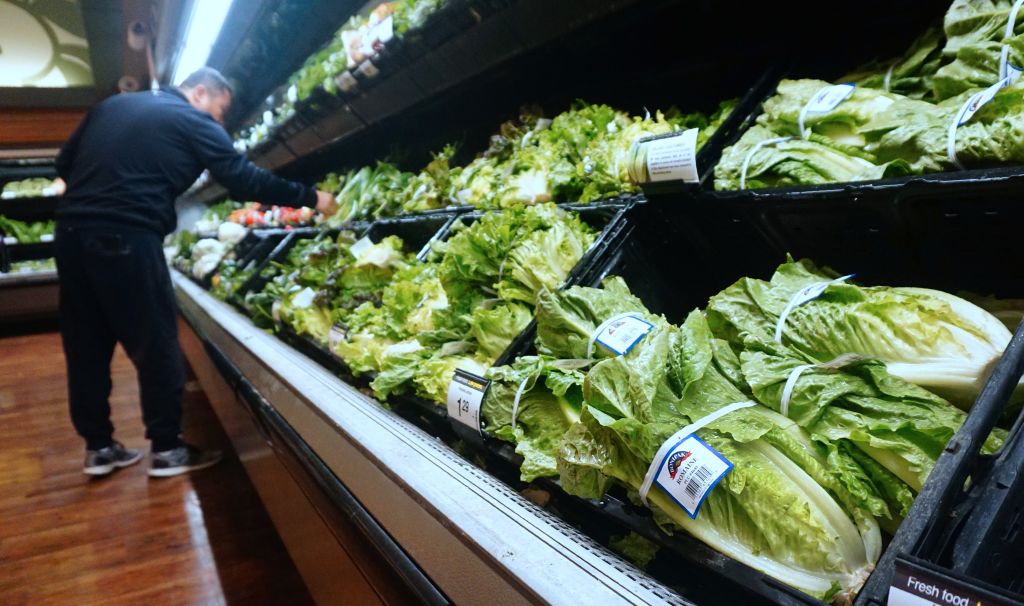
The Centers For Disease Control and Prevention (CDC) advises consumers, retailers and restaurants throw out any romaine lettuce that was grown in the Salinas, Calif. region. The number of E. coli infections has increased to 102 cases reported in 23 states, including 10 cases of kidney failure, since the outbreak was declared late November.
E. coli illnesses began in late September, according to the CDC, which is continuing to investigate if any other products can be linked to the outbreak. No common grower, supplier, distributor or brand of lettuce has been identified, the CDC reports. At least one case involves a child under the age of one, and multiple cases involve children under 18 years old, CDC spokesperson Laura Whitlock tells TIME.
“If it’s romaine lettuce and it says it was grown in Salinas, do not eat it,” she says. “If you can’t tell where it was grown, do not eat it and throw it away.” Labels and stickers on the product will most often include where it was grown.
Wisconsin has seen 31 cases since September, the most in any state so far. There have been 13 hospitalizations and and two people diagnosed with hemolytic uremic syndrome, a type of kidney failure, the Wisconsin Department of Health Services tells TIME. Ohio has also reported 12 E. coli cases, and 17 other states have reported between one and eight cases. At least 58 people have been hospitalized nationally.
The Food and Drug Administration (FDA) is currently investigating what contaminated the lettuce with E. coli on the ground in Salinas, Whitlock says, including collecting samples of different water sources. Around this time in 2018, an E. coli outbreak was also linked to romaine lettuce. The outbreak ended in January, and 62 people were infected.
“You think about leafy greens, they’re grown in the ground, in soil, and the germs that we’re talking about here, especially E. coli, can be found pretty much anywhere in that environment,” Whitlock says. The FDA is investigating at what stage of lettuce harvesting that E. coli could have been introduced. “That’s a question a lot of us want answers to, because these seem to be repeated incidents.”
Last year’s outbreak also originated in northern and central California.
Most strains of E. coli are relatively harmless, Brian Katzowitz, a health communications specialist at the CDC, tells TIME. But this particular strain of E. coli 0157:H7 is a type that can cause more severe illness, including bloody diarrhea and extreme vomiting. As of Nov. 26, 78% of people in this outbreak so far have had to be hospitalized, which “is significantly higher than what we would normally expect,” Katzowitz says. “That’s another reason we’re concerned about this.”
The CDC expects the number of E. coli cases to rise as state partners continue investigating and past incidents come to light. “[Investigators are] working hard even though it’s Thanksgiving,” Whitlock says. “That work is not stopping for the holiday.”
More Must-Reads From TIME
- The 100 Most Influential People of 2024
- Coco Gauff Is Playing for Herself Now
- Scenes From Pro-Palestinian Encampments Across U.S. Universities
- 6 Compliments That Land Every Time
- If You're Dating Right Now , You're Brave: Column
- The AI That Could Heal a Divided Internet
- Fallout Is a Brilliant Model for the Future of Video Game Adaptations
- Want Weekly Recs on What to Watch, Read, and More? Sign Up for Worth Your Time
Write to Jasmine Aguilera at jasmine.aguilera@time.com